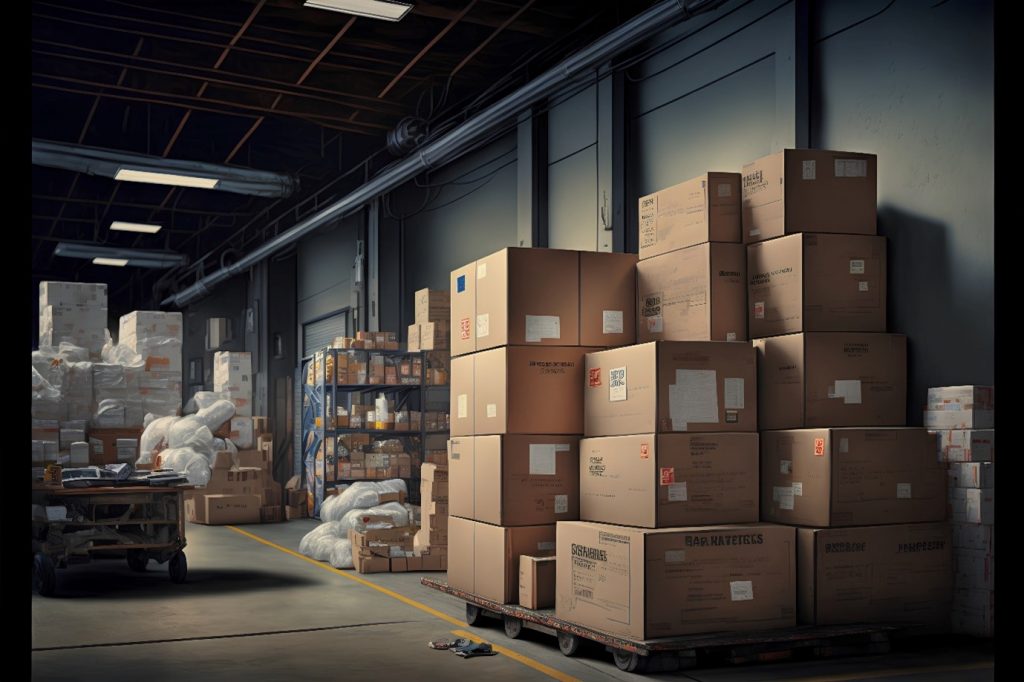Edward Burant of Cleveland has worked in logistics and the supply chain arena for over 30 years. In the following article, Edward Burant discusses innovative ways in which businesses can enhance their supply chain efficiency, navigate the turbulent waters of modern supply chain management, and thrive in an increasingly competitive global market.
Since the coronavirus plagued the planet, businesses have been taught many major lessons, but among the most important is the weak spots in their supply chains. Over 50% of executives stated their supply chains were disrupted in 2021, as the pandemic heightened costs, increased complexities, changed consumer demands, and hiked volatility.
Edward Burant says that as geopolitical tensions continue causing problems, companies must learn how to improve on the current and projected challenges for sustained returns. It’s time for a supply chain revamp.
Whether it’s implementing supply chain software, increasing storage space, or ensuring spread supplier reliance, industry moguls note the various ways small, medium, and large businesses can tackle the supply trials and reign triumphant.
Edward Burant Says to Track Inventory Closely
Thorough inventory tracking is deemed more important now than ever before as participants crack down on every inch.
Edward Burant of Cleveland says that inventory monitoring prompts businesses to order the right things at the right time, stocking up on much-needed supplies amid disruption fears.
Automating Supply Chain Processes
Automation may be considered a buzzword in the industry, but it’s for good reason. As technology continues evolving, automation becomes more sophisticated, working wonders for boosting supply chain performance and reducing the sometimes-devastating impacts of human error.
Edward Burant of Cleveland notes that while it gets a bad reputation due to the perceived loss of human workers, this is far from the case. Automating time-consuming tasks (e.g., shipping and order processing) frees employees up to take on more demanding, complex tasks.
Using Supply Chain Software
Edward Burant also says that supply chains involve a multitude of moving parts occurring simultaneously. Disruptions and inefficient mechanisms are all too common, causing profit losses and more.
According to industry experts, implementing the latest supply chain software boosts efficiency, preventing the aforementioned issues.
Edward Burant of Cleveland explains that specific recommendations seem to depend on the ins and outs of the business, ranging from 3PL to bespoke warehouse management systems (WMSs). Although, direct-to-consumer (DTC) brands tend to partner with the former, minimizing the often high costs associated with tech stacks.
Revisiting Relationships
Success and relationships go hand-in-hand in the logistics world. Businesses that retain solid partnerships throughout disruptions are poised to make the most out of the otherwise-disappointing situation.
 Going Green Across the Chain
Going Green Across the Chain
There’s no future without sustainability, and customers are actively turning away from businesses that fail to jump aboard the all-important bandwagon. Even those who were previously loyal to particular brands are looking into their supply chains and moving toward other companies.
Despite its vital nature, this aspect of improvement presents unique challenges. Such difficulties include:
- Visibility of vendors’ performance
- Cost of green resources, standards, and strategies
- Lack of sustainable framework
- Non-availability of required technologies
- Insufficient resources for implementation
To overcome these challenges across the supply chain, professionals urge businesses to implement cost-effective sustainability practices.
A good place to start is using eco-friendly or SIOC packaging. By cutting back on filler materials, such packaging boosts biodegradability and minimizes waste.
Increasing Storage Space
Edward Burant says that logistics problems impact just-in-time and on-demand supplies. Thus, increasing warehouse space enables businesses to stock up on bulk buys, keeping their production resources secure, even during turbulence.
Becoming Non-Reliant on One Supplier
Relying on one supplier was a risky model before the pandemic, but the risk has purportedly risen from pre-2020 levels and doesn’t appear to be decreasing any time soon.
Companies using multiple suppliers are in a better position, giving their operations more security and support during interruptions and unforeseen circumstances.
Communicating Proves Essential
Edward Burant says that supply chain challenges affect everybody, including customers. And since the number one complaint consumers have pertains to communication, it’s no wonder that companies need to step up and start talking to retain trust with their buyers.
While some people will never be happy, most individuals deem delays acceptable when they know about it (or the possibility of it) beforehand.
Building Resiliency: The Ticket Supply Chain Health
The above-discussed strategies and implementations improve companies’ resiliency, ensuring they can withstand near-term hiccups and longer-term curveballs. Whatever the turbulent world throws at the industry, executives who take the advice have a better chance of leading their companies safely across the bumps.








